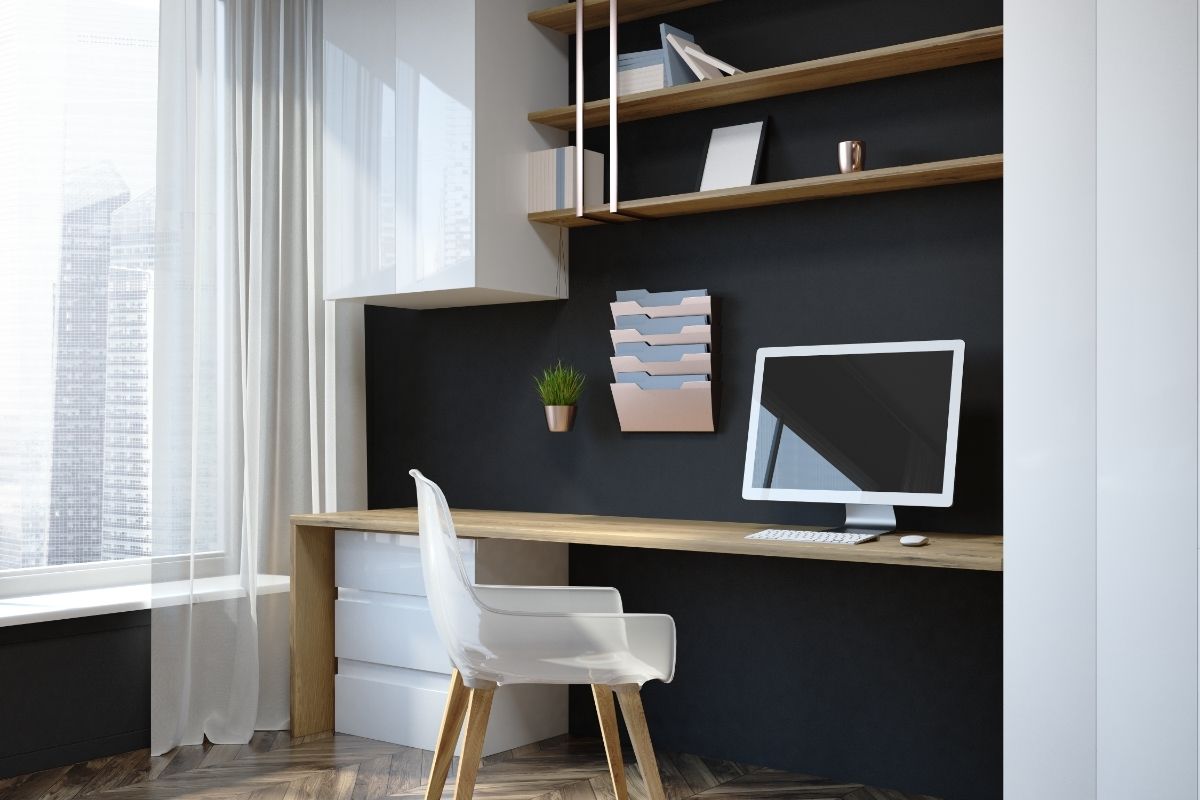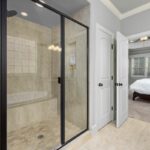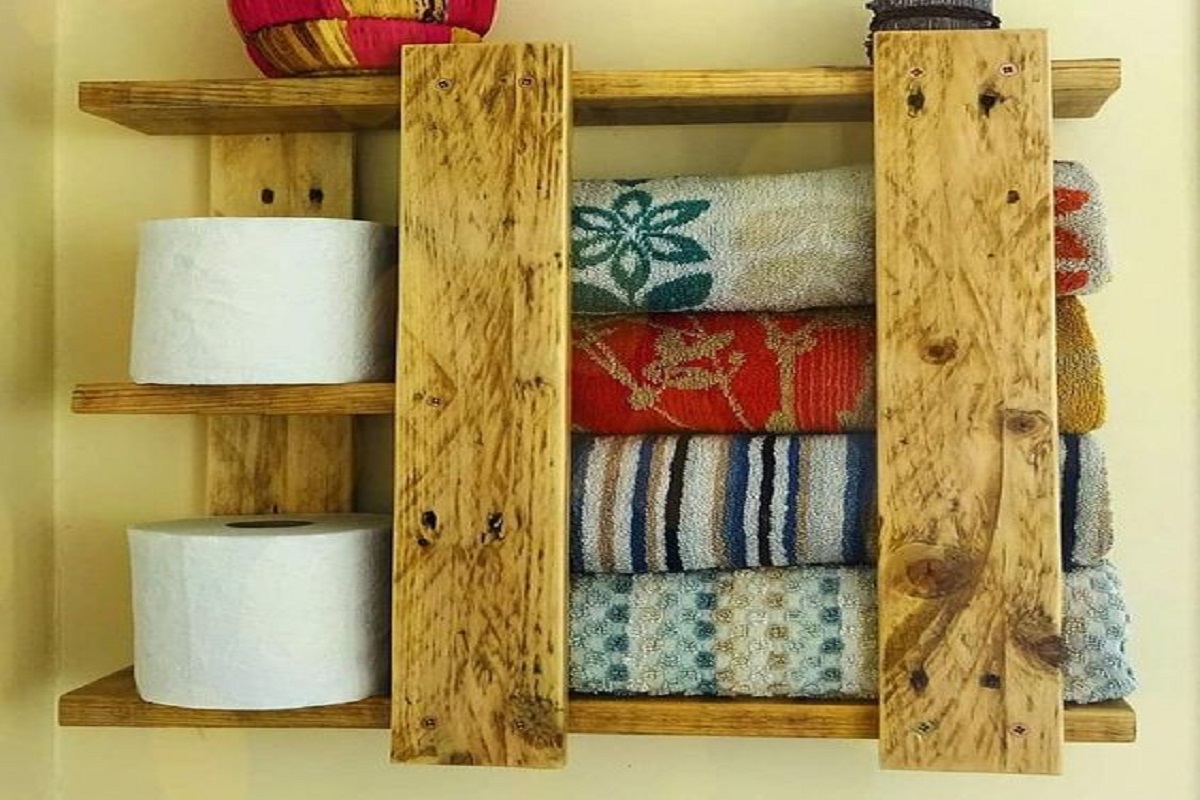With technology ever-growing and improving, so is the need that we have for a desk. Not only this but because of the pandemic, working from home is becoming the new normal. This means that we want a dedicated space where we can do our work, to separate our home-life from our work-life.
Whether that means you transform your spare room into an entire office, or you are just adding a new section to your bedroom, no workspace would be complete without a desk.

With so many types of desks, you must choose a style that is ideal for you. What you may not realize, is that different desk types are suited for different purposes, including what kind of work you are doing and also your body type.
Tall people are going to need taller desks and shorter people will need smaller ones! In this article, we are going to discuss the average heights of a desk, the width and length, and which different styles are going to suit you best.
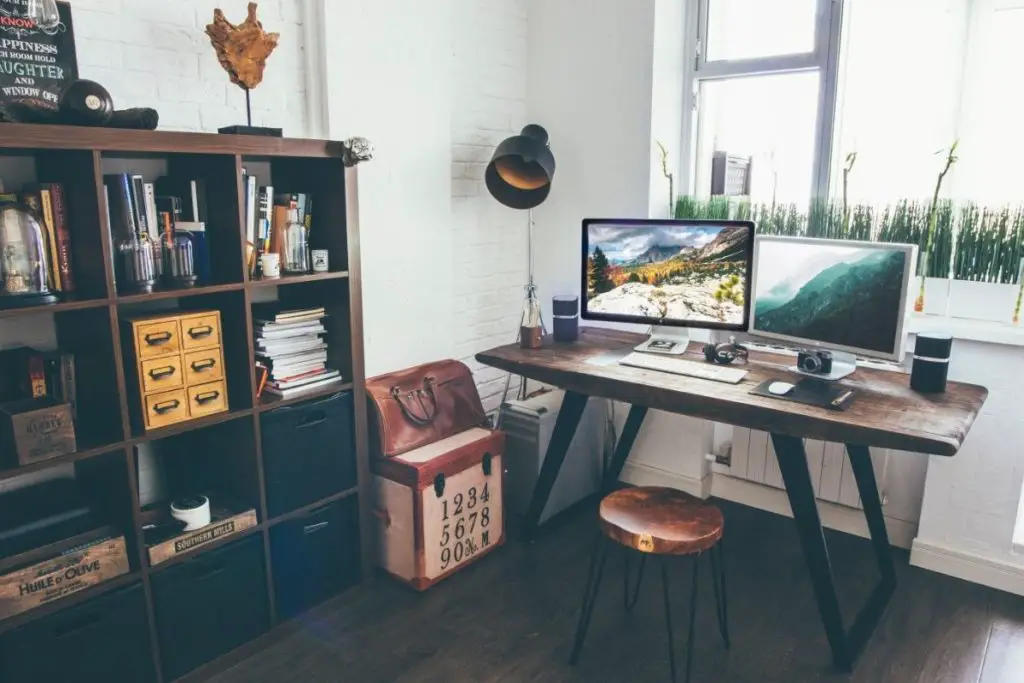
Desk Measurements: Understanding
Desks are measured in three different ways, and before we discuss the averages of desk dimensions you are going to need to understand how they are most typically measured. Before you purchase your desk you will need to know the measurements of the room or space you wish to put the desk in, to ensure that you are going to find a desk that will fit perfectly for you.
It is common to be confused between the width and depth of a desk, so you must take note of the following.
Height: The measurement of the desk from the base to the top (how tall it is). A desk needs to be tall enough to fit the size of your desk chair.
Width: The length of the desk from left to right.
Depth: The measurement from the back of the desk to the front (used to determine legroom beneath the desk).

Desk Measurements: Standard Height
Although it will change depending on the measurements of the person, on average desks for an adult are usually around 30 inches tall, and 30 to 60 inches wide. The width of the desk will depend on how big you want the surface area to be.
A desk of this height allows a person who is between 5’5 and 6′ Feet to sit comfortably at the desk without having to hunch over.
Some desks have adjustable heights, meaning you can change how tall they are. Adjustable desks are especially useful for those who are taller or those who want to alternate between sitting and standing at their desk.
Another way you can customize your desk area so that you are not hunching over or harming your back is to invest in an adjustable chair so that the height suits you best.
Desk Measurements: Typical Dimensions
Now we are going to talk about the typical dimensions for different types of desks, as they change accordingly. The standard desk height changes with each style of desk, and each of them has unique purposes that are specific for what they are used for.
Student Desk
The first desk we are going to discuss the dimensions of today is the student desk. Typically, student desks are much smaller than they should be. Too small to be able to fit in all of your school essentials such as textbooks and pens and pencils.
They are often fairly short because many them need to fit in the same room (classroom). Most student desks on the market are no larger than 24-30 inches in width and 18 inches in length.
Office Desk
Office desks, also known as executive desks, are on average one of the largest types of desks on the market. This is because they provide monitors, computers, keyboards and so much more. Many of them even have a pull-out tray which usually acts as the keyboard tray.
It is an extra level to the desk that enables the user to have a more physical desk room, for items such as papers and files. These desks have large desktops with pillars on either side and are designed specifically for professionals who need a larger workspace.
Typically, the standard office desk is 60×30 inches, sometimes even bigger than that. This is to ensure that there is efficient space for all the supplies of an office professional, such as filing trays, lamps, computers, and writing space.

Computer Desk
A computer desk will also typically be designed with a pull-out tray to hold the keyboard and mouse for the computer. This is to optimize space and storage. The surface area for a computer desk needs to be large enough to fit both the computer and monitor and thus are on average around 50×25 Inches. The pull-out tray leaves extra space for the rest of the computer parts.
L-Shaped Desk
An L-shaped desk provides more storage options than most other styles of the desk. This shape of the desk would usually be positioned in the corner of a room, and is ideal for those who need a space for their computer and a space to write.
The attached desks intercept one another to create a double-desk that is excellent for when you want to lower your screen time and write instead. The average desk dimensions for an L-shaped desk are 60 inches – 72 inches for the longer side and 48 inches – 60 inches for the shorter side.
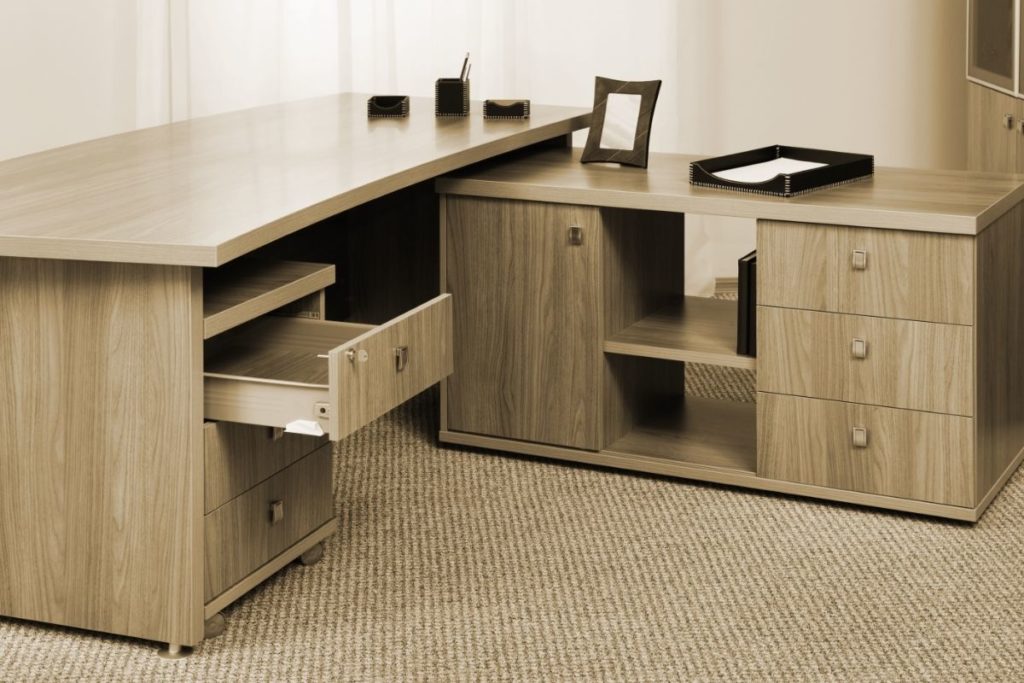
Standing Desk
If you have the space for it, you should always get the largest-sized freestanding desk possible. Although they come in a variety of sizes, on average they are typically between 48 and 72 inches wide, and 24 to 36 inches deep.
Wall Desk
The alternative to a freestanding desk is to position it against your wall. You should allow a space of around 54 to 66 inches so that you can stand up and sit down without hitting the desk. This is best for your posture in the long run.
Built-in Desk
When you have a built-in desk, they are usually the same average desk height and width as any other desk, however, optimize storage room because they are built-in and so have space underneath for a trash can. They are usually also built-in around bookshelves which are useful for storing files and paperwork.
2-Person Desk
If you are going to be sharing your working space, it may be a good idea to invest in a 2-person desk. This is a desk that is big enough to fit two people on.
Typically, they are the same in terms of height and depth but are much wider so that they can fit each person’s belongings. A 2-person desk is a perfect solution for those who share a small workspace that can’t fit two separate desks in.
Choosing The Right Desk For You
So, what desk is the best option for you? We have explained the most typical desk shapes and their average size and dimensions, it is now time for you to decide which is most suited for the purpose that you need it. Here are some qualities you should consider when choosing the right desk for you.
1. Space – Always make sure you know the area you want to put your desk in before purchasing one. Measuring the available space in the area will help you find a desk that you know for certain will fit.
2. Chair – You should also take into consideration the type of desk chair that you have, and whether it is adjustable or what height and width it is to ensure that it will fit beneath the desk.

3. Use Of Desk – What are you using this desk for? If you need it for studying you can probably opt for a smaller sized desk, however, if it is for work, and you will use it much more frequently than you should probably try to find a larger one.
4. Equipment – It is a good idea to know exactly what equipment you will have on the desk so that you find one that will be large enough to hold it all.
5. Shape – This is mostly about preference, but also about what shape will fit better in your space.
Final Thoughts
With these tips, you are guaranteed to find a desk that is perfect for your very own home office! Now that you know exactly the types of desks that are out there and their dimensions, you can find the correct one for your space and purpose.
Whether that is finding a desk from a store, or building it yourself, the above dimensions will help you on your way! In this day and age, having a desk at home is more important and useful than ever, and you will find yourself using yours more often than not!
- Benjamin Moore Palladian Blue Paint: A Color Review - September 5, 2023
- 10 Of The Prettiest Interior Door Colors - August 29, 2023
- Hale Navy: The Best Navy Paint Color - August 22, 2023

![How To Design A Room Like An Interior Designer [Step By Step] ow To Design A Room Like An Interior Designer [Step By Step]](https://alexanderandpearl.co.uk/wp-content/uploads/2022/02/How-Much-Does-A-Pop-Up-Camper-Weigh-33.jpg)
